This article will explain ArangoDB, how to install it on Windows, and how to migrate a SQL Server graph database to this NoSQL database management system.
Read more »
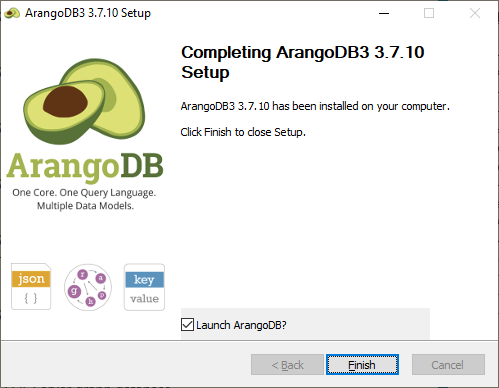


This article will explain ArangoDB, how to install it on Windows, and how to migrate a SQL Server graph database to this NoSQL database management system.
Read more »

In our previously published article in this series, we explained how to migrate SQL Server graph tables into Neo4j and why migration could be beneficial. We only mentioned how to migrate node and edge tables, and we did not mention indexes and constraints. This article is an extension of the previous one, where we will explain how to export the supported indexes and constraints from SQL Server to the Neo4j graph database. In addition, all codes are added to the project we already published on GitHub.
Read more »
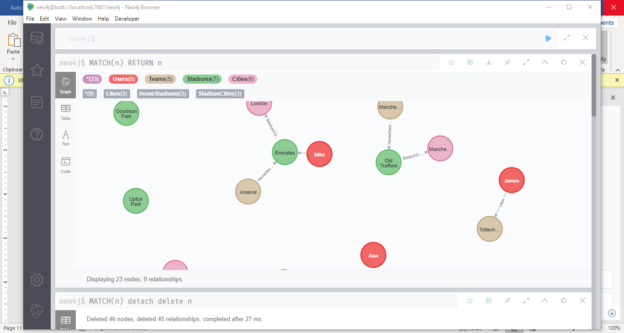
This article provides a step-by-step guide for migrating SQL Server graph databases to Neo4j using C#.
Read more »
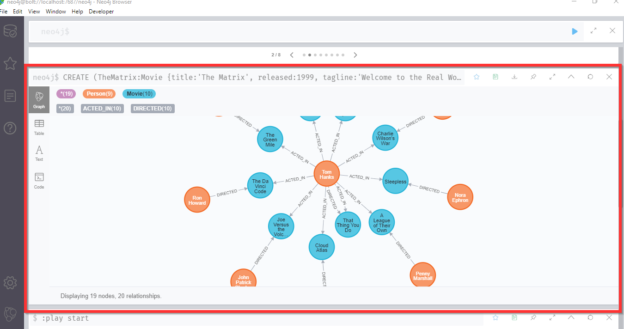
In this article, we will talk briefly about graph databases and what Neo4j is. Then we will give a step-by-step guide on how to install and get started with Neo4j on Windows operating system.
Read more »
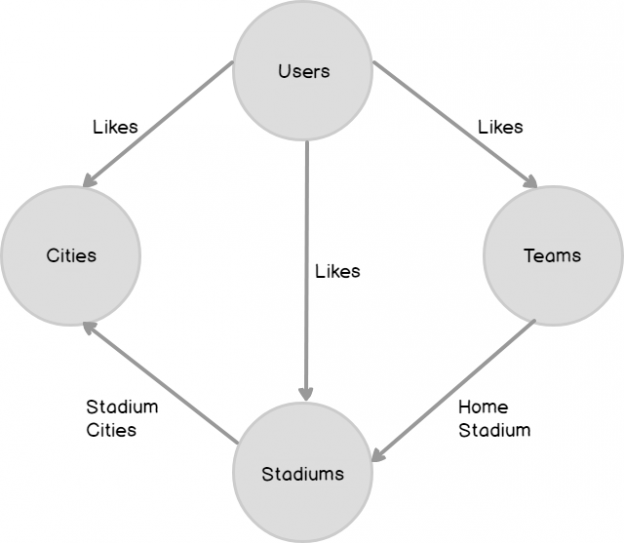
A graph database is a type of NoSQL database that is based on graph theory. Graph databases are ideal for storing data that has complex many to many relationships. In this article, we will study the very basics of graph databases with the help of a simple example.
Read more »

SQL Server 2017 introduced Graph database features where we can represent the complex relationship or hierarchical data. We can explore the following articles to get familiar with the concept of the Graph database.
Read more »
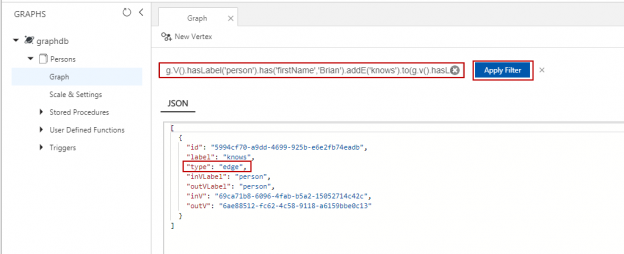
In my previous article, I’ve discussed a lot about the Graph database implementation with SQL Server 2017. In this case, we’ll see a walk-through of Graph API integration with Azure Cosmos DB.
Before we jump into the concepts though, let’s take a high-level overview of NoSQL databases. A NoSQL database is designed in such a way that no extra efforts are needed for the database to be distributed because NoSQL Database designed that way.
Read more »
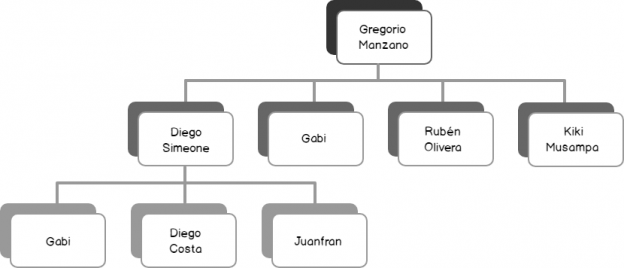
Earlier this year, I published several articles on SQLShack with an aim of demonstrating tools available for visualising SQL Server 2017 graph databases. I was so caught up in the excitement of having SQL Server finally support graph databases that I forgot that some people still do not have a good grasp of how graph databases work let alone consider replacing their relational databases models in favour of graph. Although there are several ways that one can go about explaining the usefulness of graph databases over its relational counterpart, I have opted to focus on the benefits and strengths of graph databases by demonstrating the differences in which graph and relational databases deal with hierarchical datasets.
Read more »
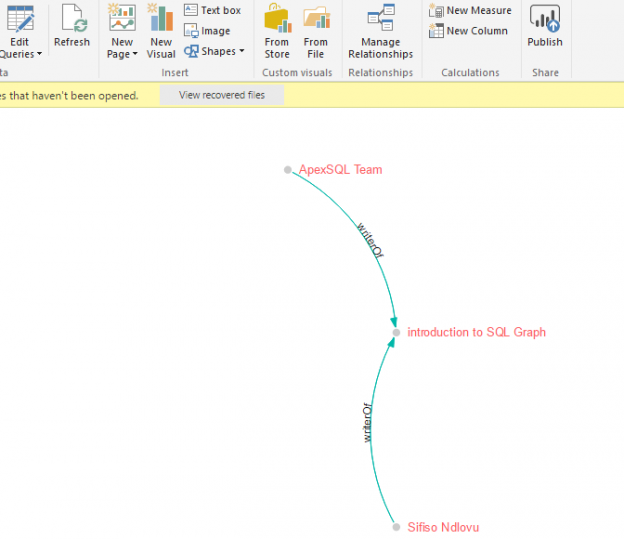
Just like in Santa’s Bag of Goodies, every release of SQL Server often has something for everyone – be it enhancements to DMVs for the DBAs, new functions for T-SQL developers or new SSIS control tasks for ETL developers. Likewise, the ability to effectively support many-to-many relationships type in SQL Graph has ensured that there is indeed something in it for the data warehouse developers in SQL Server 2017. In this article, we take you through the challenges of modelling many-to-many relationships in relational data warehouse environments and later demonstrate how data warehouse teams can take advantage of the many-to-many relationship feature in SQL Server 2017 Graph Database to effectively model and support their data warehouse solutions.
Read more »
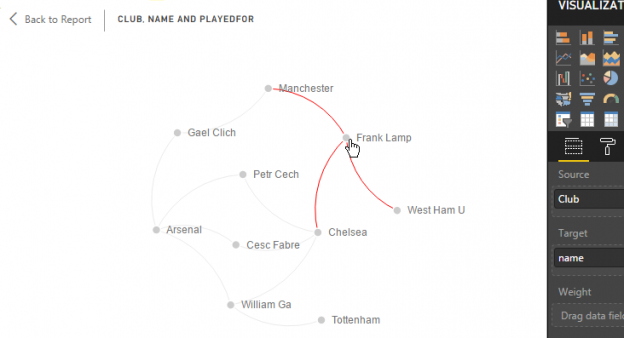
In the article How to plot a SQL Server 2017 graph database using SQL Server R, I highlighted the lack of built-in graph data visualisation as one major limitation of the SQL Server 2017 graph database feature. In the same article, I went on to suggest making use of SQL Server R as one workaround that could be utilised in order to successfully plot and visualise diagrams out of SQL Server 2017 graph database objects. However, whilst 3rd party graph database vendors such as Neo4j provide an interactive and hyperlinked graph diagrams that allows you to – amongst other things – easily drilldown and identify node-relationships as indicated in Figure 1, the graph plotted using SQL Server R is not very interactive in fact it is simply a static image file as shown in Figure 2.
Read more »

A few years ago, one common business case I came across in my professional career that required modelling of data into a many-to-many entity relationship type was the representation of a consultants and their projects. Such a business case became a many-to-many entity relationship type because whilst each project can be undertaken by several consultants, consultants can in turn be involved in many different projects. When it came to storing such data in a relational database engine, it meant that we had to make use of bridging tables and also make use of several self-joins to successfully query the data.
Read more »
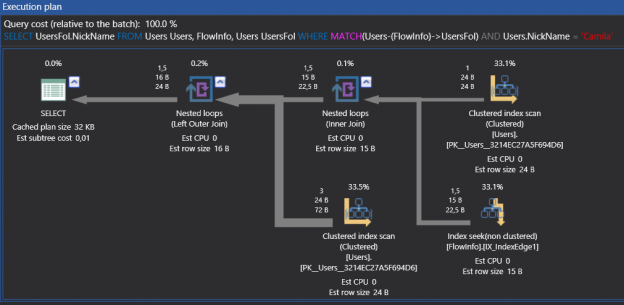
Graph database
A graph database is a type of database whose concept is based on nodes and edges.
Graph databases are based on graph theory (a graph is a diagram of points and lines connected to the points). Nodes represent data or entity and edges represent connections between nodes. Edges own properties that can be related to nodes. This capability allows us to show more complex and deep interactions between our data. Now, to explain this interaction we will show it in a simple diagram
Read more »

The graph database is a critically important new technology for data professionals. As a database technologist always keen to know and understand the latest innovations happening around the cutting edge or next-generation technologies, and after working with traditional relational database systems and NoSQL databases, I feel that the graph database has a significant role to play in the growth of an organization. Not only are traditional database systems generally inefficient in displaying complex hierarchical data, but even NoSQL lags a little. We usually see a degradation in performance with the number of levels of relationship and database size. Also, depending on the relationship, the number of joins may increase as well.
Read more »© Quest Software Inc. ALL RIGHTS RESERVED. | GDPR | Terms of Use | Privacy